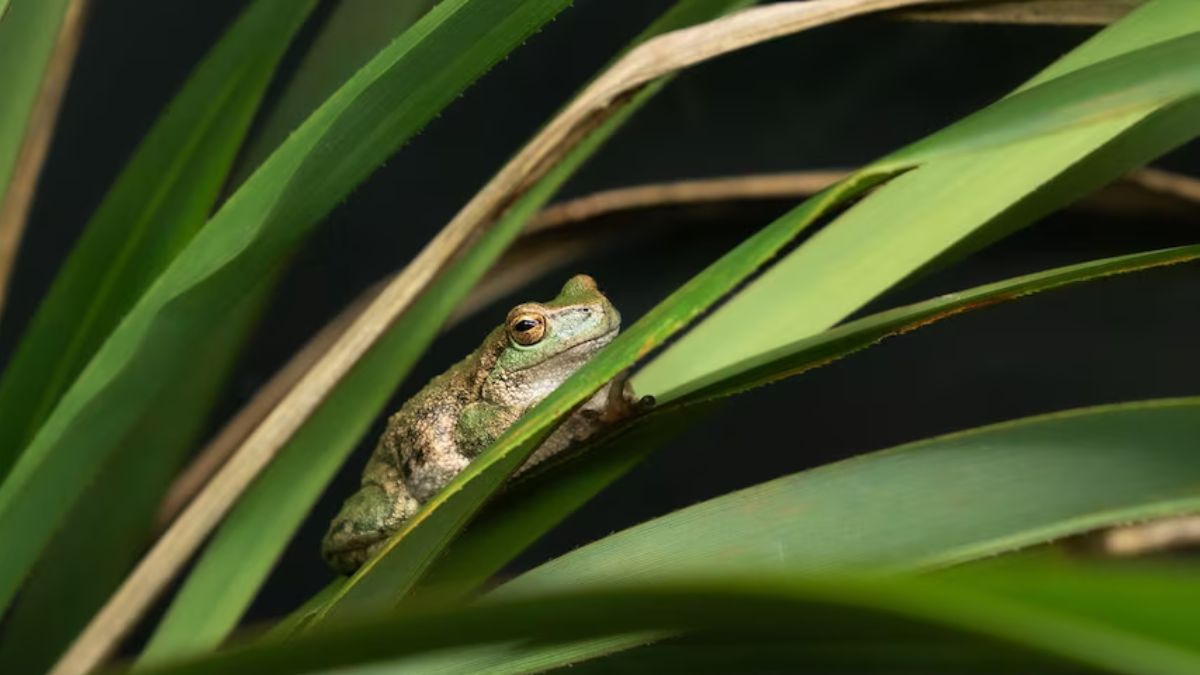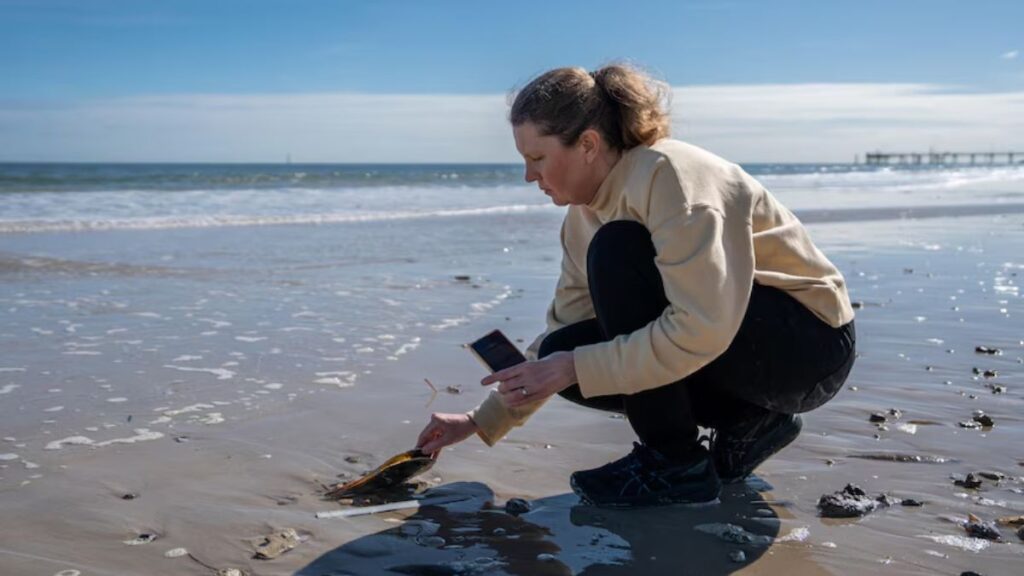Researchers in Victoria have made a surprising discovery after releasing hundreds of critically endangered spotted tree frogs into the wild. Despite facing severe threats, a large number of the frogs have survived and are now thriving in the remote Kiewa River system.
Ecologist Dr Matt West and his team released 275 juvenile frogs in February as part of the Spotted Tree Frog Project, a joint conservation effort by Wild Research, Zoos Victoria, and the Duduroa Dhargal Aboriginal Corporation. The frogs were bred at Melbourne Zoo to help boost the wild population and strengthen genetic diversity.
After months of searching under rocks, on plants, and along the cold mountain streams, the researchers were relieved to find around half of the released frogs still alive—a much higher survival rate than expected.
Spotted Tree Frogs Facing Multiple Threats
Spotted tree frogs, which are about the size of a matchbox, have been listed as critically endangered due to major environmental challenges. Their population has dropped significantly over the past 30 years because of:
- Chytrid fungus, a deadly disease that affects amphibians worldwide
- Introduced fish species that prey on frog eggs and tadpoles
- The Black Summer bushfires, which destroyed half of their known habitat in Victoria
With fewer than 1,000 adults left in the wild, each frog release is a crucial step in saving the species.
Frogs Travel Farther Than Expected
Initially, the team struggled to find many of the released frogs, but when they expanded their search area, they discovered the frogs had moved up to 2 kilometres away—an unusual distance for this species.
“These were juvenile frogs, and most of the past studies have focused on adults, so this behaviour surprised us,” said Dr West.
Unlike other frogs that can be located by their calls, young spotted tree frogs are silent until they reach sexual maturity at about five years old. This made the search especially difficult, as researchers had to rely on visual spotting in noisy creek environments where other objects, like granite flecks and water droplets, also reflected light.
Choosing Safe Habitats
The frogs were released into areas carefully chosen to help them survive. Some sites were in bushfire-affected regions, where the lack of vegetation allows sunlight to warm the streams. This is important because warmer temperatures make it harder for the chytrid fungus to survive. Other sites were free from introduced predators like trout.
To date, 600 spotted tree frogs have been released as part of the program, and conservationists are hopeful that the project will help bring the species back from the brink of extinction.








